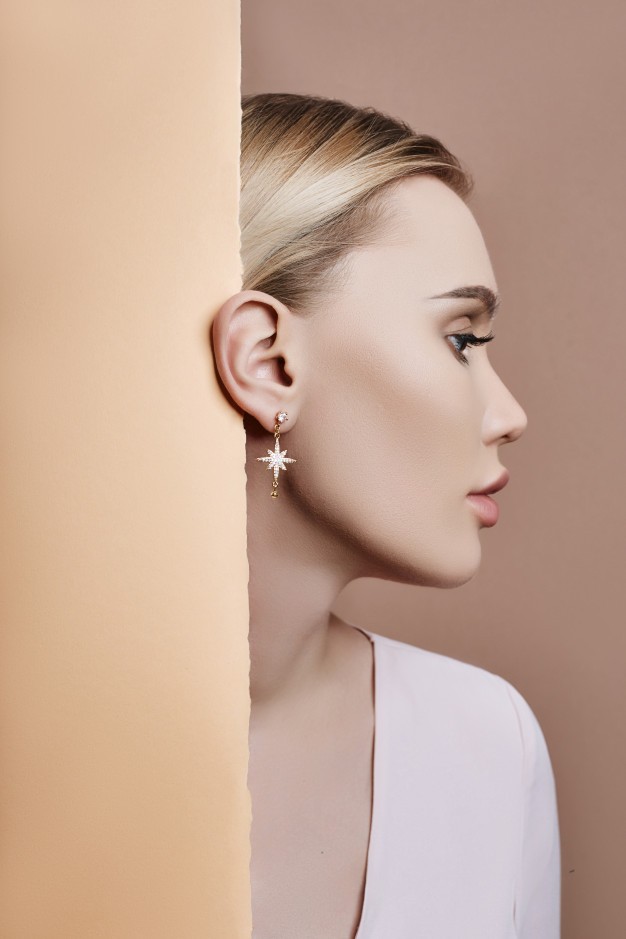👂 Otoplasty (Prominent Ear Surgery) in Turkey – Reshape Your Confidence in Antalya & Istanbul
Otoplasty, commonly known as prominent ear surgery, is a cosmetic procedure designed to improve the shape, position, or proportion of the ears. It is often performed to correct ears that stick out too far, or to reshape ears affected by injury or congenital issues. At CosmetoCity, we offer expert otoplasty procedures in Antalya and Istanbul, fully organized for both children and adults.
🧒 Why Do People Choose Otoplasty?
Protruding or misshaped ears can lead to:
- Teasing and bullying during childhood
- Low self-esteem and confidence issues
- Avoidance of hairstyles that expose the ears
- Anxiety in social or professional settings
Correcting this through surgery often leads to a significant psychological improvement—especially for young individuals entering school environments.
🩺 What Is Otoplasty?
Otoplasty is a surgical procedure to:
- Correct prominent ears
- Reconstruct underdeveloped or damaged ears
- Improve symmetry and proportion
The procedure involves making a small incision behind the ear, reshaping or removing cartilage, and securing the ear in a more natural position using sutures.
⏳ When Can Otoplasty Be Performed?
- Children: Safe to perform after age 5, once ear growth is nearly complete
- Adults: Can undergo otoplasty at any age, provided overall health is suitable
🔍 How Is Otoplasty Performed?
- Performed under local or general anesthesia
- Takes about 1–2 hours depending on complexity
- Incision hidden behind the ear
- Cartilage is reshaped, repositioned, and secured with sutures
- A headband is applied post-op to protect and support the new shape
🧑⚕️ Postoperative Recovery & Care
- Headband worn day and night for 7 days, then only at night for another week
- Mild discomfort is common, controlled with painkillers
- Children can return to school within 7 days, adults may resume work even earlier
- Avoid physical activities for 10–14 days, and contact sports for 2 months
- Follow-ups typically occur at 1 day, 3 months, and 12 months (can be remote)
💶 Otoplasty Cost in Turkey
At CosmetoCity, the average price for otoplasty surgery is €2500.
This includes:
- Consultation and pre-op evaluation
- Surgery in a certified clinic or hospital
- Anesthesia and post-op dressing
- Hotel accommodation and airport transfers
- Full bilingual patient support in Antalya or Istanbul
⚠️ Risks and Complications
While rare, potential risks include:
- Hematoma (blood accumulation)
- Infection (especially of ear cartilage, which requires urgent treatment)
- Asymmetry or recurrence
- Visible scarring (very rare due to incision placement)
With proper technique and post-op care, otoplasty is a safe and highly effective procedure that provides life-changing results for most patients.
📲 Contact Us to Book Your Prominent Ear Surgery
Looking to correct prominent ears for yourself or your child? Our surgeons in Antalya and Istanbul specialize in natural, long-lasting results — and CosmetoCity ensures your entire journey is smooth and stress-free.
👉 Contact us now for a free consultation and get your personalized treatment plan today!




